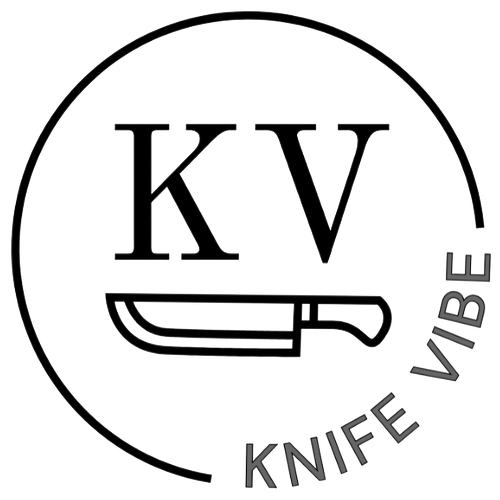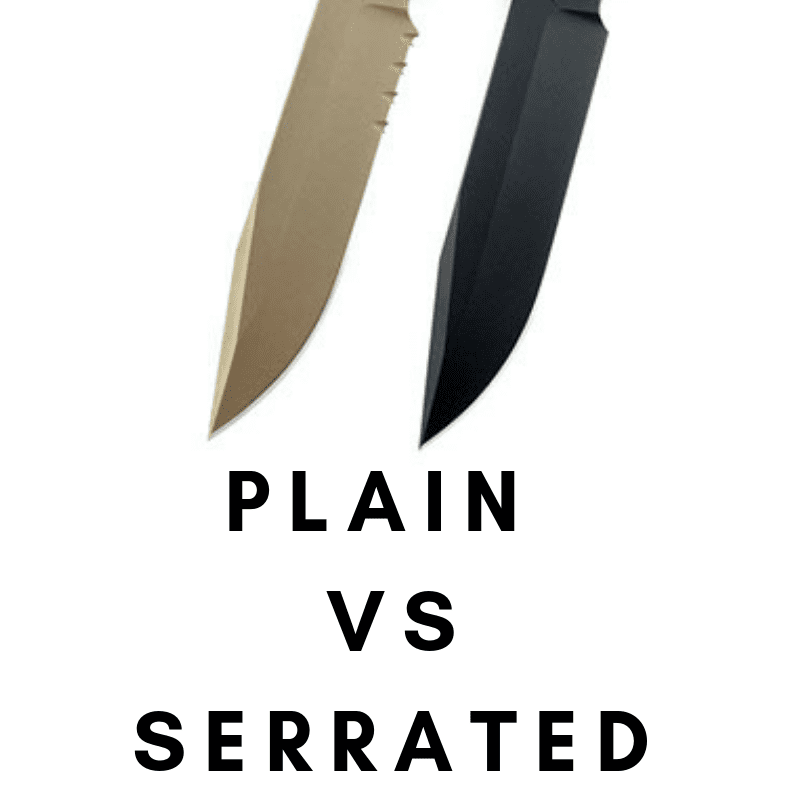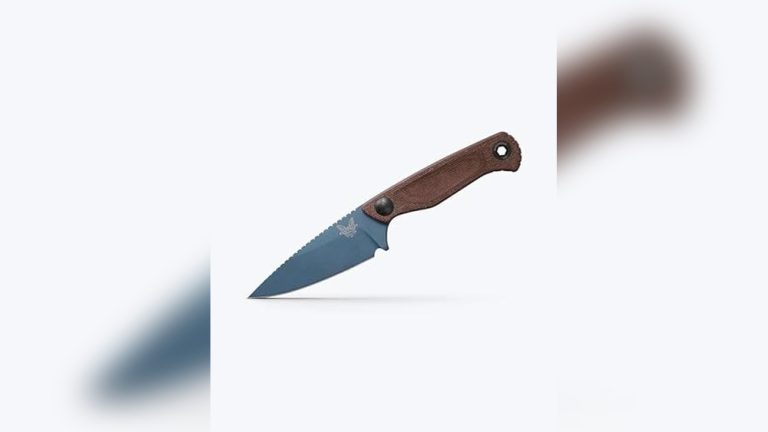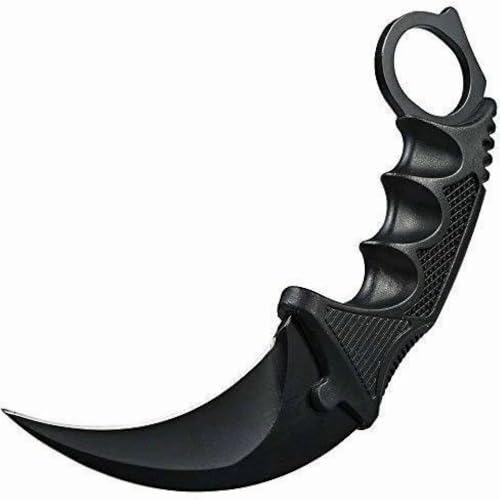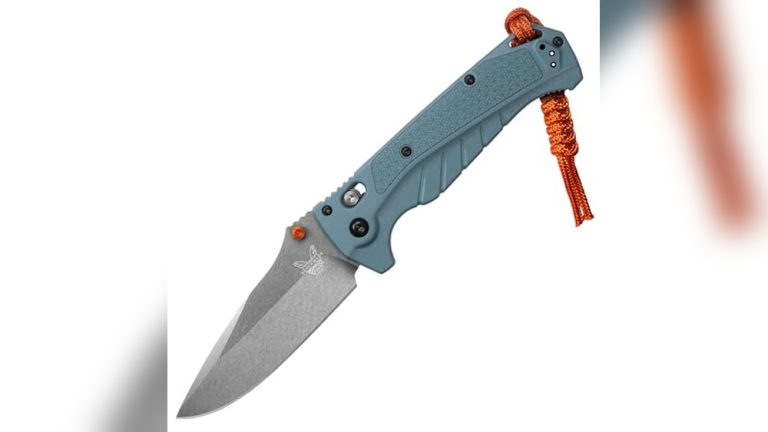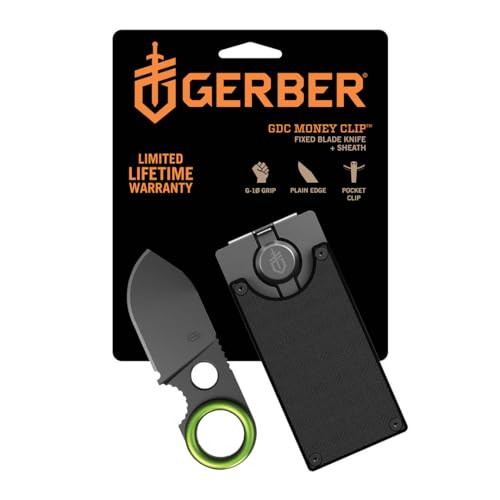Serrated Knife Vs Straight Edge: Which is Best for Your Kitchen?
Choosing the right knife for your kitchen can be tricky. Serrated and straight edge knives both have their uses.
Comparing serrated knives with straight edge knives can help you make the best choice for your needs. A serrated knife has a saw-like blade, great for cutting through tough surfaces. A straight edge knife, on the other hand, offers a smooth, clean cut, perfect for slicing and dicing.
Understanding the strengths and weaknesses of each type can save you time and effort in the kitchen. This guide will help you decide which knife suits your cooking style and tasks better. Whether you are slicing bread or chopping vegetables, having the right knife can make all the difference. Let’s dive into the details to find your perfect kitchen companion.

Credit: www.youtube.com
Serrated Knives
A serrated knife is a unique tool in any kitchen. Its blade features saw-like teeth. These teeth make cutting through tough materials easy. Serrated knives are especially good for slicing bread and tomatoes.
Design Features
Serrated knives have a distinct design. The blade has sharp, jagged edges. These edges are called serrations. The blade is often long and thin. This design helps in cutting without much force. The handle provides a firm grip, ensuring safety while cutting.
Common Uses
Serrated knives are versatile. They are often used for cutting bread. The serrations help in slicing without squishing. They are also perfect for tomatoes. The knife cuts through the skin easily. Other uses include:
- Cutting citrus fruits
- Slicing cakes
- Preparing sandwiches
Advantages
Serrated knives offer many benefits. Their teeth grip the surface, reducing slippage. They are great for cutting tough materials. Serrated knives stay sharp longer. They require less maintenance. These knives also cut cleaner slices.
Disadvantages
Serrated knives have some downsides. Sharpening them is hard. Regular knife sharpeners do not work. They are less precise for fine cuts. Serrated knives are not ideal for chopping. Their design limits their versatility in certain tasks.
Straight Edge Knives
Straight edge knives are a kitchen essential. They are the go-to tool for many tasks. Their smooth, sharp blade makes them versatile and easy to use. Let’s dive into their design features, common uses, advantages, and disadvantages.
Design Features
Straight edge knives have a simple design. Their blades are sleek and smooth. This allows for precise cuts. The edge is continuous and unbroken. This makes them easy to sharpen. Handles are ergonomically designed for a comfortable grip. Blade lengths vary to suit different tasks.
Common Uses
Straight edge knives are used for many tasks. They excel at slicing fruits and vegetables. They are perfect for chopping herbs. They cut through meat with ease. They are also great for dicing and mincing. Bakers use them to slice bread dough cleanly.
Advantages
- Precision: Straight edge knives offer precise cuts.
- Versatility: They handle a wide range of kitchen tasks.
- Easy to Sharpen: Their continuous edge is simple to maintain.
- Clean Cuts: They produce smooth, clean cuts.
- Comfort: Handles are designed for ease of use.
Disadvantages
- Requires Regular Sharpening: The edge dulls faster than serrated knives.
- Not Ideal for Hard Crusts: They struggle with hard bread crusts.
- Not Suitable for Frozen Foods: They can slip on frozen items.
Performance Comparison
Understanding the differences between serrated and straight edge knives helps you choose the right tool for your kitchen tasks. The performance of each type varies, affecting cutting efficiency, versatility, and ease of use. Let’s explore these aspects in detail.
Cutting Efficiency
Serrated knives excel at slicing through tough surfaces. They use a saw-like motion that makes cutting crusty bread and tomatoes easier. The teeth grip and tear through the exterior without squashing the interior.
On the other hand, straight edge knives provide clean cuts. They are ideal for precise tasks like chopping vegetables and slicing meat. These knives glide through soft and firm foods alike, giving you control over the thickness of each slice.
| Knife Type | Best For |
|---|---|
| Serrated Knife | Bread, Tomatoes, Tough Skins |
| Straight Edge Knife | Vegetables, Meat, Soft Foods |
Versatility
Straight edge knives are versatile. They handle a wide range of kitchen tasks. From dicing onions to filleting fish, they offer precision and control. They are a staple in professional kitchens.
Serrated knives have a more specialized use. They are perfect for bread and items with tough exteriors. While they are less versatile, they are essential for specific tasks that straight edge knives struggle with.
- Straight edge: All-purpose, precision tasks.
- Serrated: Bread, tough-skinned fruits.
Ease Of Use
Serrated knives require less force to cut tough surfaces. Their saw-like motion does most of the work. This makes them easier for those with less strength or experience.
Straight edge knives need a bit more skill. Keeping the blade sharp is crucial for effortless cutting. Regular honing and occasional sharpening maintain their effectiveness.
- Serrated: Easier for tough surfaces, less force needed.
- Straight edge: Requires skill, regular maintenance.
Both knife types offer unique benefits. Choose the one that fits your cooking needs and personal preferences.
Maintenance And Durability
Choosing between a serrated knife and a straight edge knife involves considering their maintenance and durability. Each type of knife requires different care to maintain its sharpness and longevity. Understanding how to properly care for each can help extend their usability and effectiveness.
Sharpening Serrated Knives
Serrated knives are known for their saw-like teeth which make them excellent for cutting through tough surfaces. However, sharpening them can be more challenging than straight edge knives.
- Special tools are needed, such as a serrated knife sharpener or a ceramic rod.
- Sharpen each gullet (the low point between the teeth) individually.
- Less frequent sharpening is required, as the serrations tend to stay sharper longer.
Though it takes time, proper sharpening can keep your serrated knife effective for slicing through bread, tomatoes, and other foods.
Sharpening Straight Edge Knives
Straight edge knives are simpler to sharpen compared to serrated knives. Regular sharpening ensures they maintain a fine edge for precise cuts.
- Use a whetstone, honing rod, or electric sharpener.
- Regular maintenance is needed to keep the blade sharp.
- Sharpen both sides of the blade evenly.
Maintaining a straight edge knife is straightforward, ensuring a clean, smooth cut every time.
Longevity
The longevity of knives depends on their maintenance and usage. Serrated knives, due to their design, often last longer without sharpening.
| Knife Type | Durability | Maintenance Frequency |
|---|---|---|
| Serrated Knife | High | Low |
| Straight Edge Knife | Moderate | High |
With proper care, both types of knives can last for many years. The key is to understand their unique needs and invest the time in maintaining them.
Cost And Value
When choosing a knife, cost and value play a crucial role. Understanding the price range and long-term investment of serrated and straight edge knives can help you make an informed decision. Let’s dive into the details.
Price Range Of Serrated Knives
Serrated knives generally come at various price points. The cost depends on brand, quality, and materials used.
- Budget Serrated Knives: These can cost between $10 and $30. They are often made of lower-quality steel and may have plastic handles.
- Mid-range Serrated Knives: Priced between $30 and $100. These knives typically feature better steel and more ergonomic handles.
- High-end Serrated Knives: These can cost over $100. They often feature premium materials and superior craftsmanship.
Price Range Of Straight Edge Knives
Straight edge knives also come in a range of prices. The cost is influenced by the same factors as serrated knives.
- Budget Straight Edge Knives: These are available for $10 to $30. They might be made from lower-quality materials and may need frequent sharpening.
- Mid-range Straight Edge Knives: These range from $30 to $100. They offer better quality steel and comfortable handles.
- High-end Straight Edge Knives: These knives can cost over $100. They feature high-quality steel and excellent craftsmanship.
Long-term Investment
Both serrated and straight edge knives can be a good long-term investment, depending on usage and care.
- Serrated Knives: They typically need less frequent sharpening. This can save time and maintenance costs. But sharpening serrated knives requires special tools and skills.
- Straight Edge Knives: They need regular sharpening to maintain their edge. This can add to maintenance costs but is easier to do at home. Good quality straight edge knives can last many years with proper care.
In summary, both types of knives offer different benefits and costs. Consider your needs, budget, and willingness to maintain your knives when making a choice.

Credit: www.facebook.com
Choosing The Right Knife For Your Needs
Choosing between a serrated knife and a straight edge knife can be a tough decision. Each has its own set of advantages and specific uses. In this section, we will discuss factors that can help you make the best choice for your kitchen needs.
Cooking Habits
Your cooking habits play a key role in choosing the right knife. Do you frequently bake fresh bread? A serrated knife might be more suitable. This type of knife easily cuts through the crusty exterior without crushing the soft interior.
If you often prepare dishes requiring precise cuts, a straight edge knife is your best friend. It excels at slicing, dicing, and chopping, providing clean cuts. This is crucial for vegetables, fruits, and boneless meats.
Types Of Food Prepared
| Food Type | Recommended Knife |
|---|---|
| Bread | Serrated Knife |
| Tomatoes | Serrated Knife |
| Meat | Straight Edge Knife |
| Vegetables | Straight Edge Knife |
If you often cut soft, crusty, or slippery foods, a serrated knife is ideal. The saw-like teeth grip and cut smoothly. On the other hand, if you prepare a lot of meats and vegetables, a straight edge knife provides clean, precise cuts.
Personal Preferences
Personal preferences are also important. Some people prefer the feel of a serrated knife. Others find a straight edge knife more versatile and easier to sharpen.
Consider the ease of maintenance. Serrated knives are harder to sharpen. You may need professional help. Straight edge knives can be sharpened at home. This makes them more convenient for some users.
Think about the grip and handle. Both types come with different handle designs. Choose one that feels comfortable in your hand.
Ultimately, the right knife depends on your specific needs and preferences. Evaluate your cooking habits, the types of food you prepare, and your personal comfort. This will guide you to the best choice.
Expert Opinions
Choosing between a serrated knife and a straight edge knife can be challenging. Expert opinions can help make this decision easier. Professionals in the culinary world have insights based on years of experience. Consumers also have valuable feedback based on their daily use. Let’s explore what experts and users have to say.
Chef Recommendations
Many chefs prefer serrated knives for slicing bread and tomatoes. The serrated edge cuts through tough exteriors with ease. This feature prevents squishing soft interiors. Chefs also find serrated knives useful for cutting through crusty foods.
On the other hand, straight edge knives are favored for precision tasks. Chefs recommend them for chopping vegetables and slicing meats. The clean cuts ensure food looks and cooks evenly. A sharp straight edge knife can be a versatile tool in any kitchen.
Consumer Reviews
Consumers often praise serrated knives for their durability. They find these knives stay sharp longer. This reduces the need for frequent sharpening. Many users appreciate how serrated knives handle tough cutting jobs. They are especially popular for slicing bread without crushing it.
Straight edge knives also receive positive feedback. Consumers like their ease of sharpening. They find them perfect for detailed cutting tasks. These knives are often chosen for their versatility. Users feel confident using them for a variety of kitchen tasks.
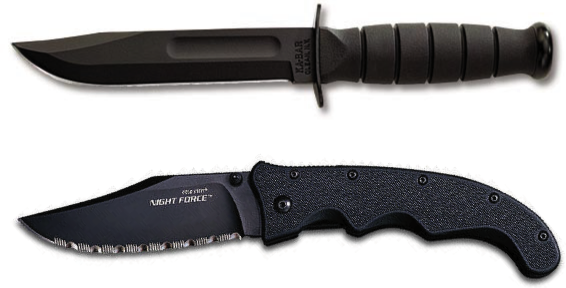
Credit: blog.knife-depot.com
Frequently Asked Questions
What Is The Difference Between Serrated And Straight Edge Knives?
Serrated knives have a saw-like blade perfect for cutting through tough surfaces. Straight edge knives have a smooth blade ideal for clean, precise cuts.
When Should I Use A Serrated Knife?
Use a serrated knife for cutting bread, tomatoes, and other foods with tough exteriors and soft interiors.
Are Straight Edge Knives Better For Slicing Meat?
Yes, straight edge knives are better for slicing meat. They provide clean, precise cuts without tearing the meat fibers.
How Do I Sharpen A Serrated Knife?
Sharpen a serrated knife with a specialized serrated knife sharpener. Focus on each individual serration for the best results.
Conclusion
Choosing between a serrated knife and a straight edge depends on your needs. Serrated knives excel at slicing bread and tomatoes. Straight edge knives are perfect for precision tasks like chopping vegetables. Consider what you cut most often. Keep both types handy for a versatile kitchen.
Each knife has its strengths. Make sure to sharpen regularly. A well-maintained knife makes cooking easier. Happy cooking!
